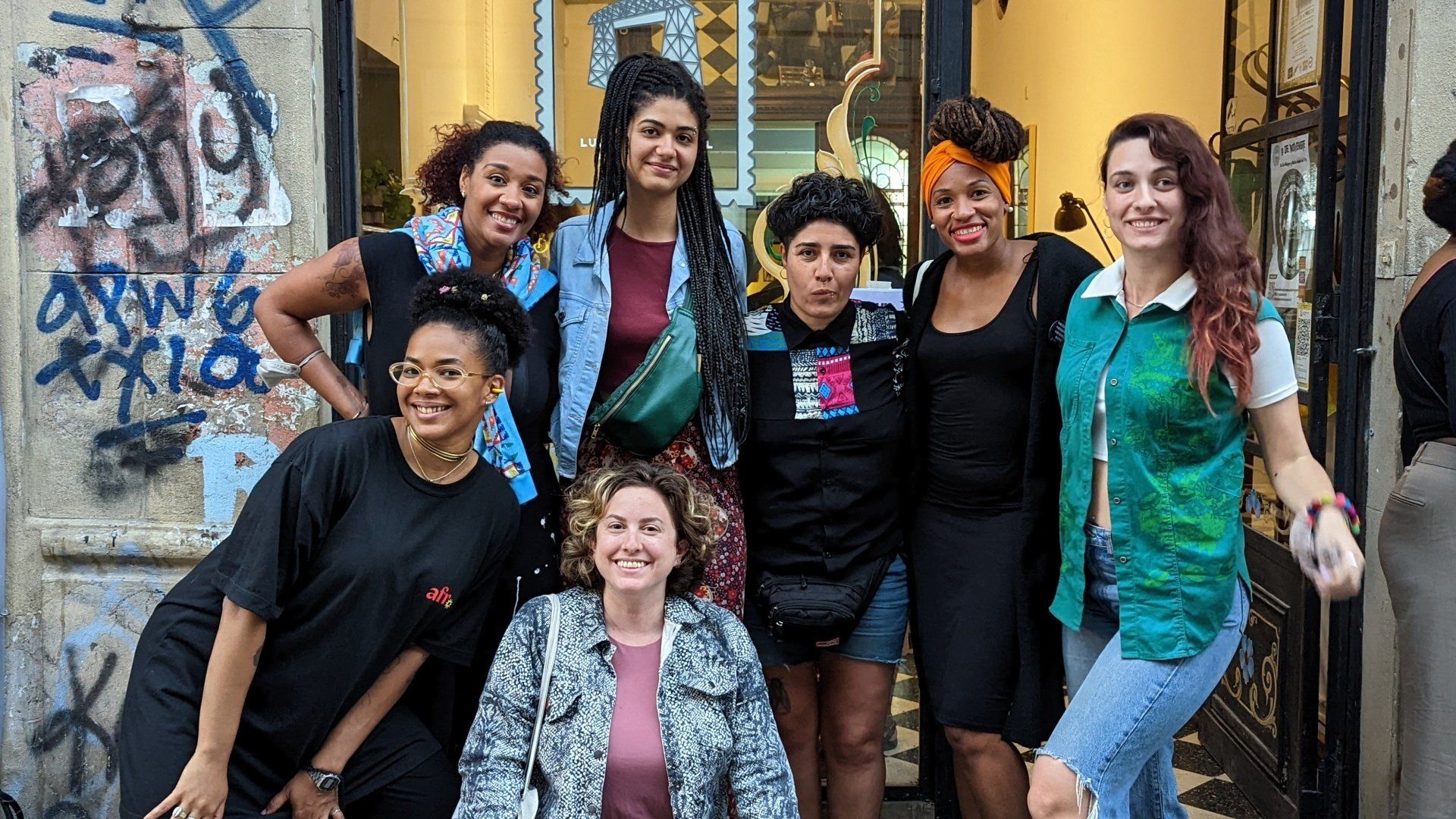Saber antes de ir
Dinero: qué hacer y qué no hacer
Moneda de curso legal
La moneda de curso legal en Argentina es el Peso Argentino (ARS). Hay monedas de 1, 2, 5 y 10 pesos y billetes con valores que van desde 10 pesos hasta 1000. Encontrarás diferentes diseños ya que el país está eliminando algunos billetes con figuras históricas que se consideran demasiado controvertidas y cambiándolos por lindos animalitos. . Por eso un billete de 100 pesos puede venir con la figura de Roca (un hombre), Evita Perón (una mujer) o una taruca (un venado). ¡Todos son válidos!
Tipos de Cambio: explicando el "Dólar Azul"
En Argentina hay mucho control gubernamental sobre las divisas. Pero el ARS es una moneda muy inestable, que sufre los efectos tanto de la devaluación como de la inflación, razón por la cual la mayoría de los argentinos intentan deshacerse de sus ARS y ahorrar en USD (o últimamente en criptomonedas). El mercado paralelo no oficial tiene un tipo de cambio diferente, y esto se llama dólar azul.
La diferencia entre el tipo de cambio oficial y el no oficial puede llegar al 150%, pero operar en el mercado no oficial puede dejarte expuesto a estafas -especialmente billetes falsos-, por lo que no te lo recomendamos a menos que tengas un cambista de confianza.
¿Cuál es el mejor enfoque para obtener el mejor valor por mi dinero?
Traer USD o EUR en efectivo y cambiarlos en la ciudad, ya que los cajeros automáticos tienen tarifas de retiro muy altas. No se recomienda el uso de su tarjeta de crédito por valor, ya que todas las transacciones se realizarán al tipo de cambio oficial.
¿Qué necesito llevar para cambiar dinero?
Para operar en el mercado cambiario legal necesitarás mostrar tu pasaporte. Es un asunto muy burocrático, así que reserve al menos 30 minutos para realizar el intercambio. Cambie dinero en las casas de cambio, no intente usar los bancos, ya que generalmente no hacen cambios para los turistas.
¿Debo cambiar dinero en casa y llevar ARS?
Absolutamente no. El tipo de cambio de ARS es muy malo en el extranjero -¡y la mayoría de los bancos ni siquiera cambiarán por ARS para empezar!-.
¿Dónde debo cambiar dinero?
De preferencia, consigue todos los ARS que necesites en Buenos Aires, ya que tiene las mejores tasas de cambio del país.
¿Hay cajeros automáticos en Argentina?
Sí, pero la tarifa de retiro es enorme y las extracciones son limitadas. Los cajeros automáticos tienen un retiro máximo de alrededor del equivalente a US 100 (y, por supuesto, al ser un cambio legal te dará la tasa oficial).
¿Son ampliamente aceptadas las tarjetas de crédito?
En Buenos Aires sí, pero en muchas partes de Argentina es solo efectivo. La mayoría de los taxis y las pequeñas empresas no aceptan tarjetas de crédito. ¡Asegúrese de preguntar si el lugar acepta tarjetas de crédito antes de ordenar! Recuerde traer algún tipo de identificación, como la mayoría de las tarjetas comerciales para evitar estafas.
¿Se aceptan ampliamente los pagos criptográficos?
No.
Moverse por Argentina
Argentina es absolutamente masiva. Para moverse por el país hay 3 opciones: alquiler de coches, autobuses o vuelos. Viajar en automóvil o autobús tiene una huella de carbono más pequeña, pero hace que el tiempo de transporte sea mucho más largo. Un vuelo a Iguazú dura alrededor de dos horas, conducir a Iguazú toma alrededor de 18 horas. Un vuelo a Ushuaia toma alrededor de 4 horas, conducir hasta allí toma alrededor de 2 días.
Cómo moverse por Buenos Aires
Buenos Aires es enorme pero afortunadamente muy fácil de navegar. La ciudad se establece como una cuadrícula, con cada bloque de 100 mts por 100 mts.
Si quieres moverte por el sistema de transporte necesitarás una tarjeta SUBE (que puedes comprar en estaciones de tren, estaciones de metro y algunos quioscos). Lo completas con dinero y solo toca tu tarjeta para ingresar a autobuses, metros o trenes.
Use Google Maps para usar el sistema de transporte: le dirá la forma más fácil de llegar a cualquier lugar e incluso cuánto tiempo debe esperar su próximo tren.
Los autobuses funcionan las 24 horas, los 7 días de la semana, el metro y los trenes funcionan aproximadamente (depende de la línea) de 5:30 am a 11:00 pm.
Si quieres desplazarte en vehículo privado puedes contratar un conductor para tu estancia con nosotros, o utilizar Uber o Cabify.
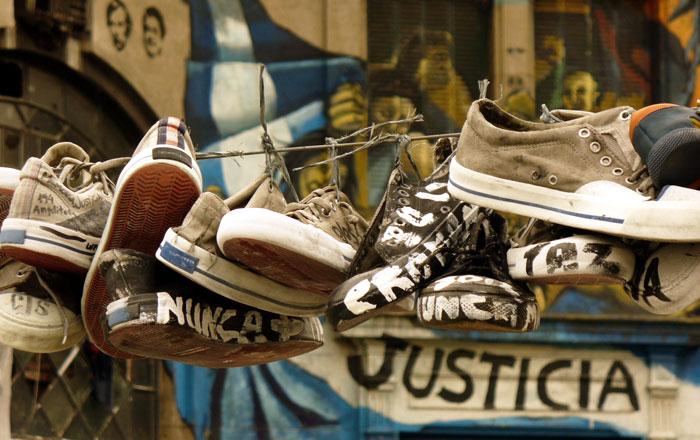
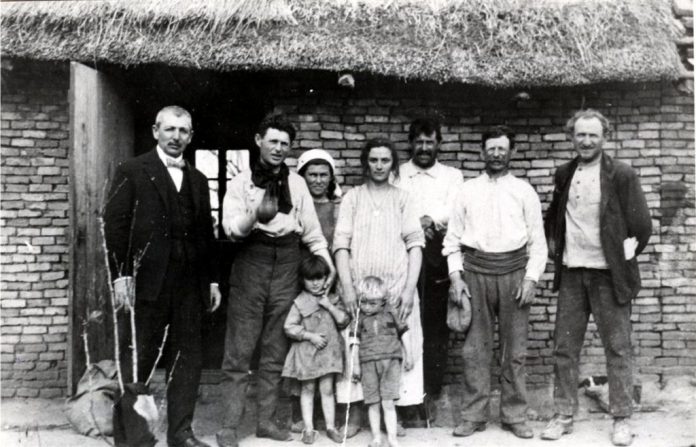


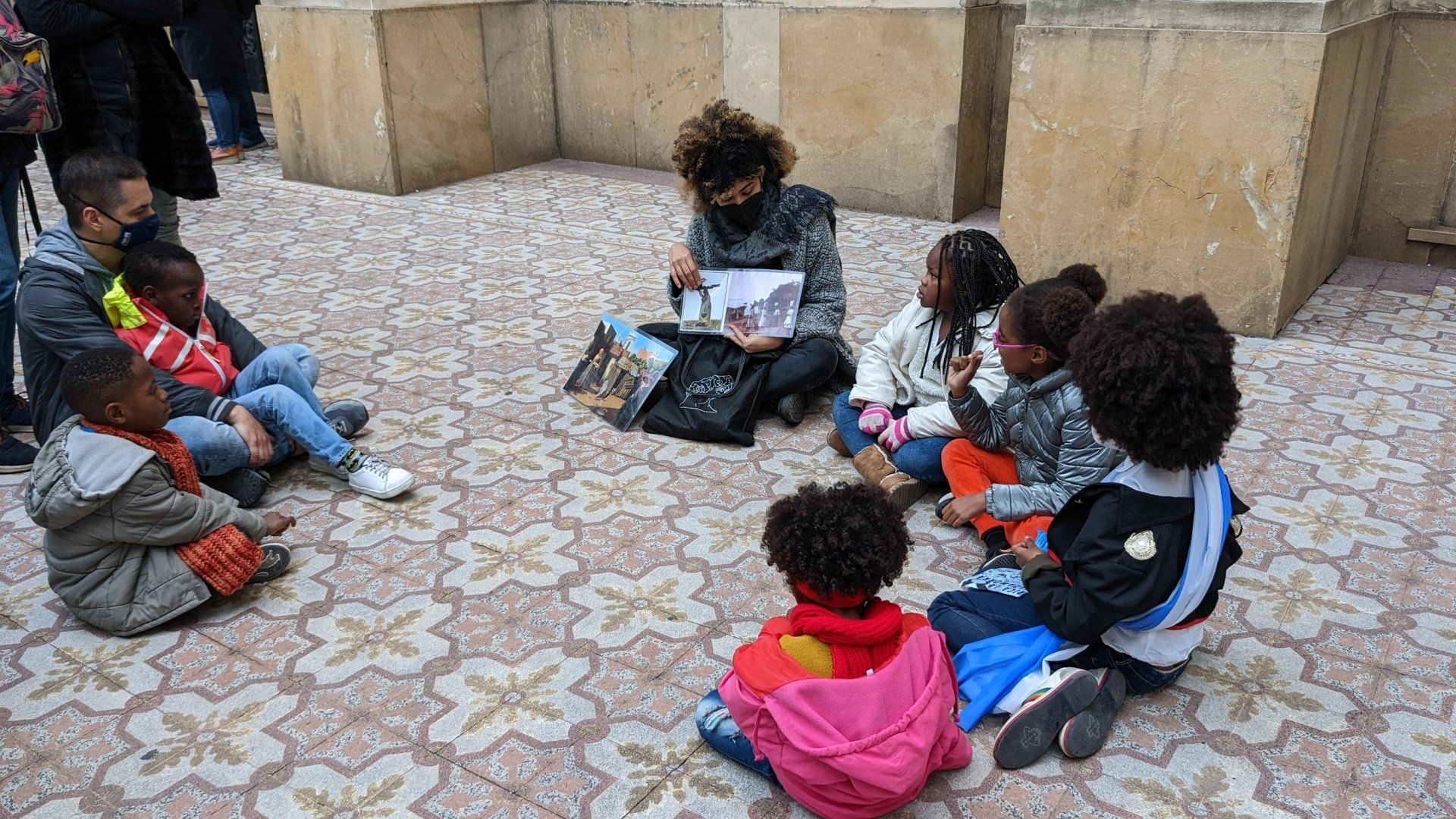
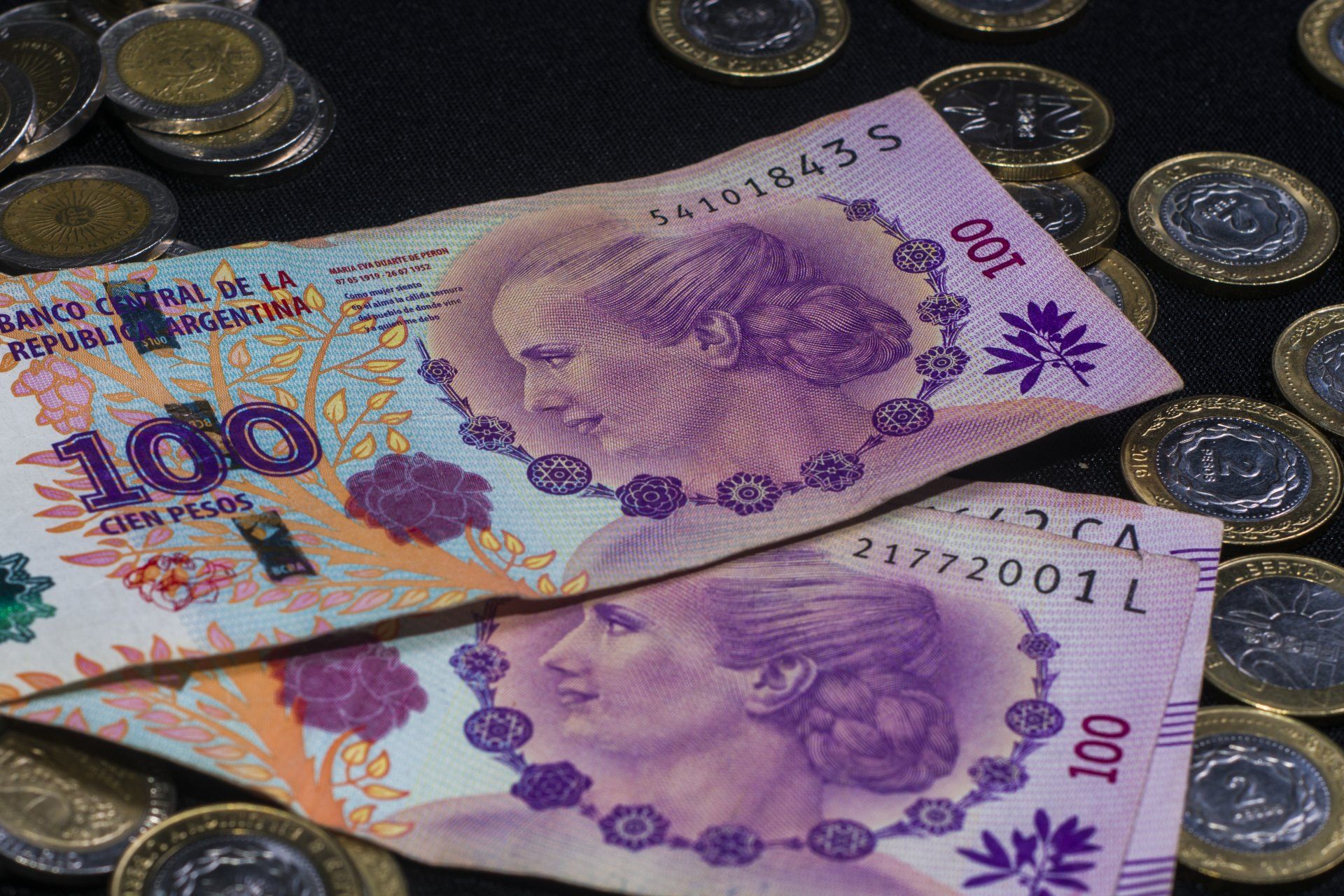
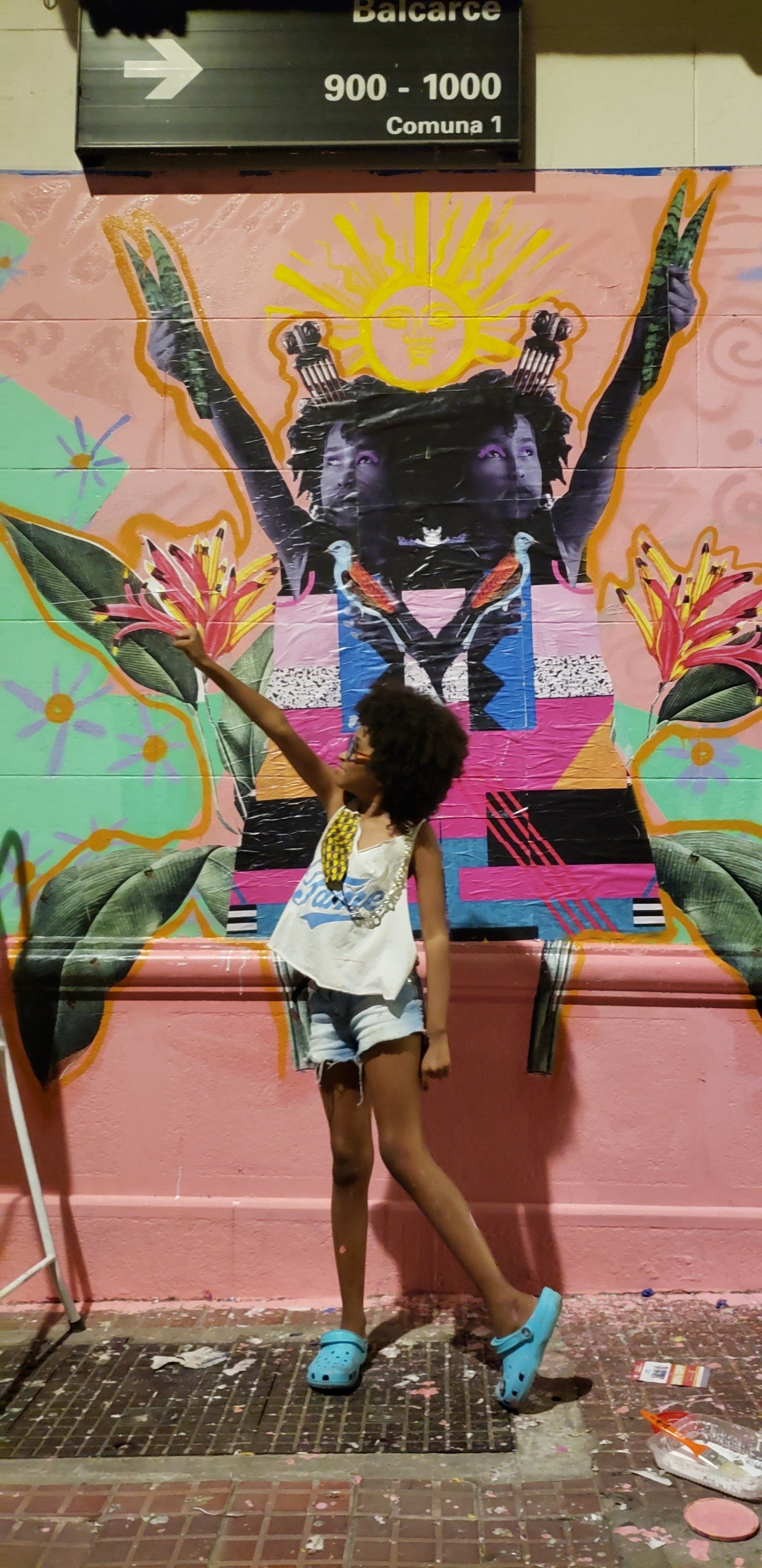

Buenos Aires Preguntas Frecuentes Ping Pong
¿Buenos Aires es seguro?
Sí, Buenos Aires es muy seguro. Hay muy pocos delitos violentos, pero como en cualquier gran ciudad, ten cuidado con los carteristas en las zonas concurridas, evita dejar tu teléfono sobre la mesa mientras vas al baño.
¿Cuánto tiempo debo quedarme en Buenos Aires?
Siempre hay grandes cosas que hacer en Buenos Aires y definitivamente vale la pena quedarse por lo menos 3/4 días.
¿Dónde debería quedarme en Buenos Aires?
¡Depende de lo que te guste! Palermo tiene vida nocturna, tiendas y excelentes restaurantes. San Telmo está lleno de historia, excelente comida y compras. Puerto Madero es muy moderno y de alta gama y muy seguro para caminar incluso en la oscuridad de la noche. Recoleta y Retiro son muy elegantes y con clase, pero no tienen una gran vida nocturna. Si necesitas ayuda para elegir un área, ¡habla con nosotros!
¿Es segura el agua del grifo?
El agua del grifo es absolutamente segura, así que trae tu botella de agua reutilizable ya que puedes recargarla con agua fresca y limpia en cualquier restaurante o negocio -totalmente gratis-.
¿Cuál es la situación de las propinas?
Se esperan propinas en algunas situaciones. En los restaurantes se acostumbra dejar el 10% de la cuenta en efectivo después de la comida. Solo los restaurantes de alta gama aceptan propinas con tarjeta de crédito. Los guías turísticos, los conductores privados y los botones también suelen recibir propinas. Los taxis, Ubers y otras formas de transporte no requieren propinas.
DATOS DE CONTACTO
+5491165827559
hello@lunfardatravel.com
1063 Bolívar, AAU, Buenos Aires C1066, AR
Somos una agencia de viajes legal que cumple con las regulaciones locales. Nuestro EVT es 18056.
Copyright 2021 © lunfardatravel.com - Todos los derechos reservados.
EXPLORA EL SITIO
Hogar
Excursiones
Buenos Aires
- BarriosCulturaHistorias Diversas
Argentina
esto es lunfarda
- MisiónSostenibilidadEquipo
Preguntas más frecuentes
- Infórmese antes de irFAQTérminos y condiciones
Contacto
Blog
mapa del sitio
Privacidad





